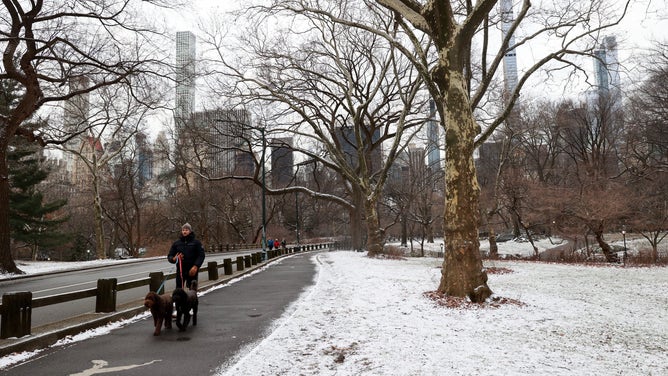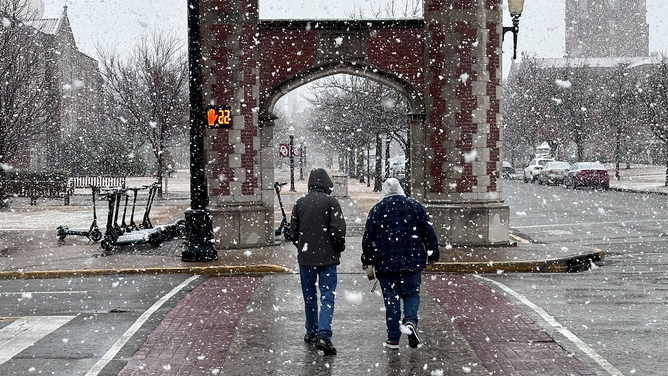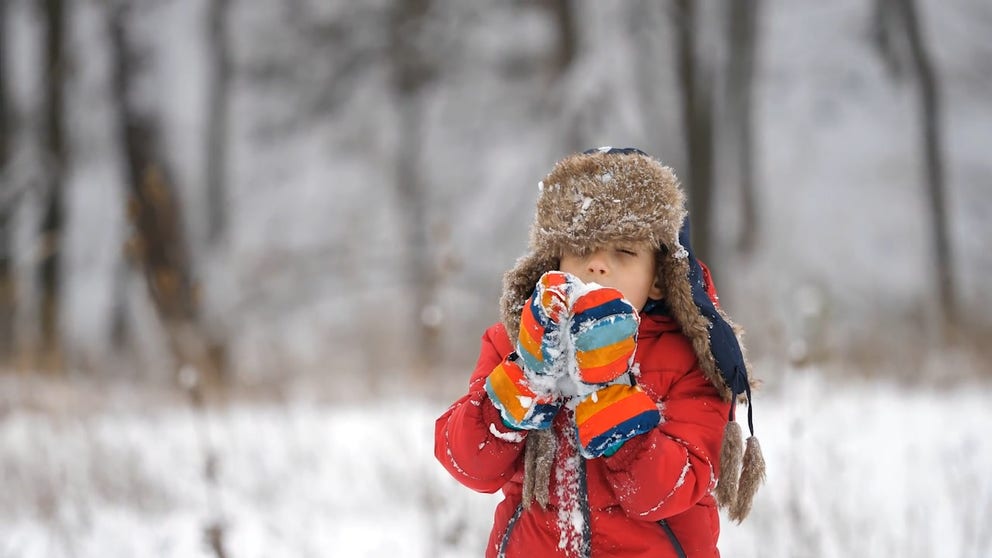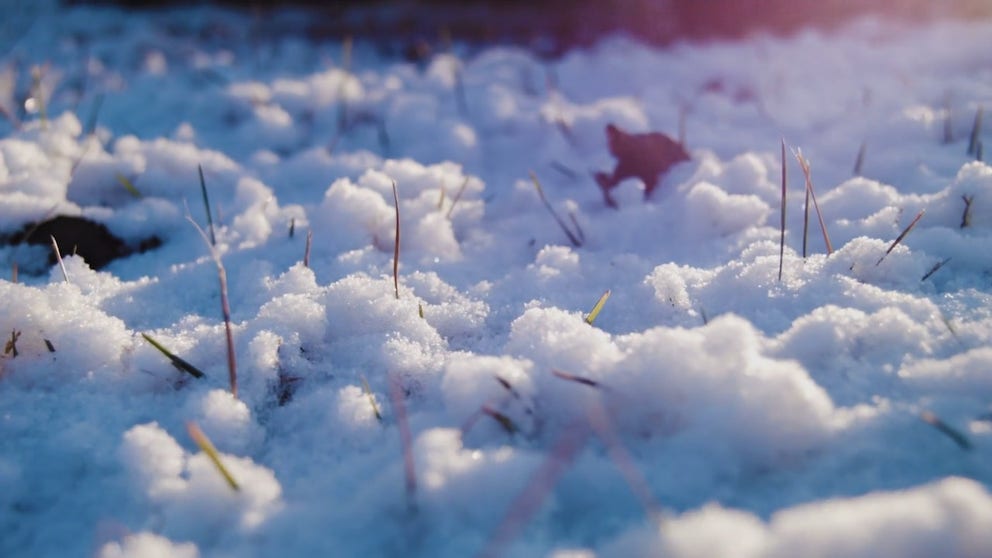Is snow safe to eat?
Freshly fallen snow may look appetizing, but there are a few precautions you will want to take before making a meal of it.
Is snow safe to eat?
It is generally safe to eat snow if you do so in moderation and take a few precautions.
There are times when freshly fallen snow can look like a tasty snack. Almost as though the sky has provided an endless buffet of snow cones.
But is it safe to eat snow?
As with most things, the answer is more nuanced than a simple yes or no.

Grassy areas are partially covered with snow powder early Wednesday, Feb. 1, 2023, in Central Park, New York City.
(Luiz C. Ribeiro/New York Daily News/Tribune News Service via Getty Images / Getty Images)
Snow is one of nature's air filters
Snow begins its journey down to the surface high up in the clouds as water vapor. The water vapor freezes and clings to bits of dust or pollen, forming ice crystals. From there, it bounces around in wind currents, collecting more frozen water vapor until eventually becoming heavy enough for gravity to take over and pull it to the Earth's surface.
On its way to the surface, snow can collect small but measurable amounts of chemical contaminants in the air. A 2021 study found that the ice crystals that make up snow are so efficient at filtering out airborne molecules that snow actually purifies the air.

Snow is seen falling across Norman, Oklahoma, on Jan. 24, 2023.
(Robert Ray / FOX Weather)
So what does that mean for snow's edibility? When a snowstorm begins, air pollutants are at their peak. The falling snow filters the air but retains the contaminants while on the ground. These pollutants make the earliest snow to fall the least safe to consume.
In addition to the collected airborne pollutants, the first snow to fall is often in direct contact with the ground. This contact allows it to also absorb chemicals and molecules from the soil like dirt, animal waste, pesticides and fertilizers.
So the bad news is that the first snow to fall, while beautiful, is likely the least safe to eat.
The good news is that the first snow paves the way for a much cleaner smorgasbord of powder. As snow continues to fall, the air becomes cleaner and cleaner. Snow that falls during an extended snowstorm's middle or latter stages has fewer contaminants to absorb and is, therefore, more pristine. The snow already on the ground also provides an excellent barrier between the new snow and the dirty ground.
Can you smell snow?
If you live in a part of the country where it snows, you’ve likely said or heard someone say, "it smells like it is going to snow." But can you actually smell snow? Well, yes and no.
Use caution when eating snow
According to Dr. Laura Martin, an assistant professor or pediatrics at The Ohio State University College of Medicine, the safest snow is later-fallen or falling snow on less windy days.
Before chowing down on nature's frozen desert, there are still a few things to consider. If the snow has been disturbed in any way, it is best to avoid eating. Snow plowed off the road or sidewalk should not be consumed. You must also avoid eating snow that is discolored in any way, especially if it is yellow or brown.
It is generally safe to eat snow if you do so in moderation and take a few precautions.

